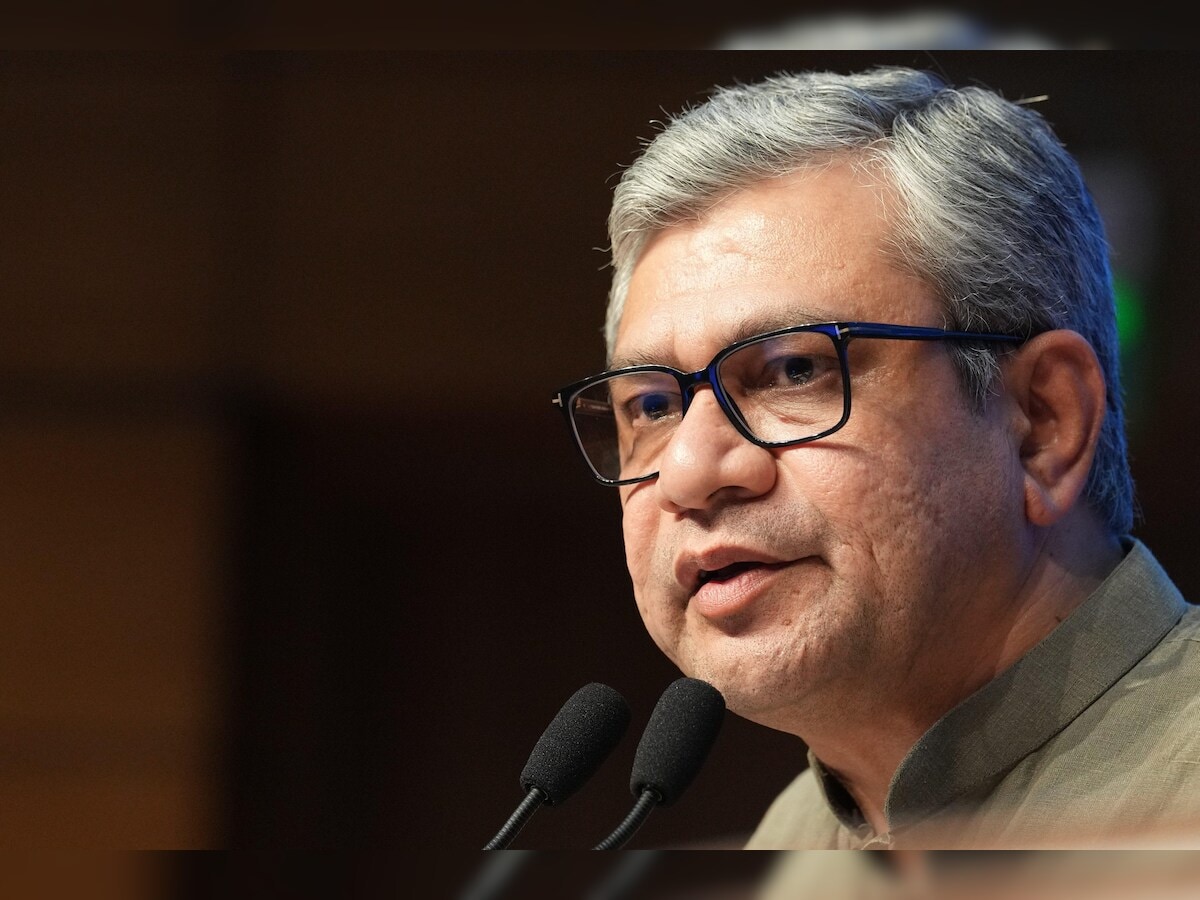News
Indian Railways Set for Major Safety Boost with ₹1.08 Lakh Crore Budget

Amid a series of recent railway accidents, Union Minister Ashwini Vaishnaw announced on Tuesday that the Indian Railways will allocate ₹1.08 lakh crore from its 2024 budget to enhance safety measures.
Speaking at a post-budget conference, Vaishnaw emphasized that the funds will be primarily directed towards critical safety initiatives, including the newly approved Kavach ‘4.0’ safety system. This system aims to improve the safety of the vast railway network across India.
He noted that under the Kavach system, approximately 4,275 kilometers of optical fibers have already been laid down, which is set to receive a significant portion of the budget allocated for safety enhancements.
In addition to safety upgrades, Vaishnaw mentioned that there is a growing demand for general travel on Indian Railways. He indicated that 10,000 extra general non-AC coaches will be manufactured to accommodate this rising demand, with an earlier announcement of 2,500 coaches being supplemented.
The operating ratio for the Indian Railways has also been revised, setting a target of 98.22% for 2024-25, down from 98.65% in the last fiscal year. This means the Railways plans to improve its financial health by spending less on operations relative to what it earns.
Vaishnaw further described the recent abolition of the angel tax as a milestone for the startup ecosystem in India. He stated that this decision, which has long been demanded by deep tech startups, will encourage more investment in this sector.
On the technology front, the IT Ministry is working on a mobile component ecosystem, with customs duty rationalization expected to benefit the industry significantly. Vaishnaw assured that just like the successful mobile manufacturing sector, the same growth can be anticipated in server and laptop production in India.
Additionally, he highlighted that over the past decade of NDA governance, 5 lakh jobs have been created, which is significantly more than the 4.11 lakh jobs during the UPA’s tenure.












